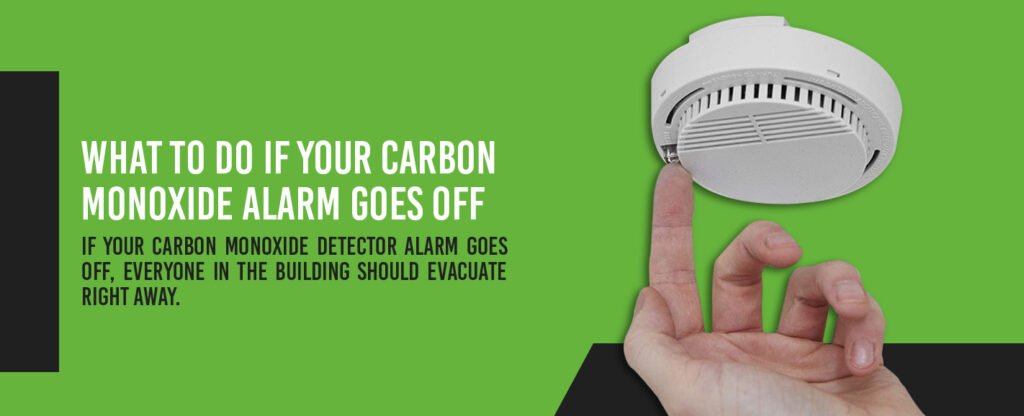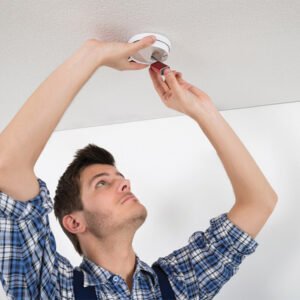Carbon monoxide alarms play a crucial role in safeguarding your home and loved ones from the silent threat of gas leaks. These small but mighty devices are designed to detect the presence of carbon monoxide, a deadly gas that is odorless and invisible. With brands like Ring, Nest, Arlo, and First Alert leading the market, homeowners now have a wide range of reliable options to choose from. By investing in a carbon monoxide alarm, you can enjoy peace of mind knowing that you will be alerted at the first sign of danger, allowing you to take swift action and protect your household. Don’t underestimate the importance of these life-saving devices in keeping your family safe from the dangers of gas leaks.
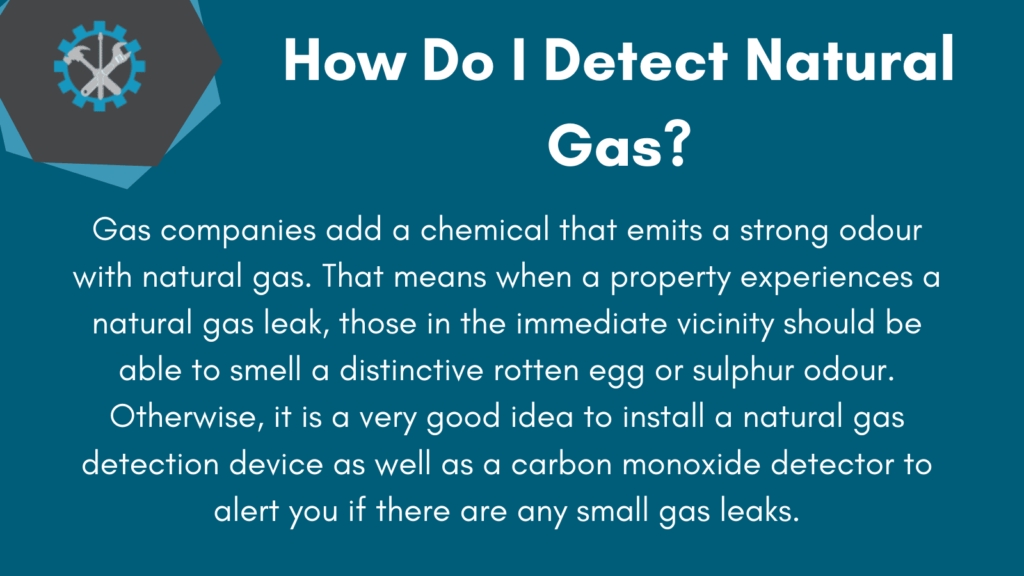
Introduction
Welcome to this comprehensive article on the importance of carbon monoxide alarms for gas leaks. In this article, we will focus on the definition, sources, and dangers of carbon monoxide (CO) exposure, as well as the causes and risks of gas leaks. We will then delve into the significant role carbon monoxide alarms play in early detection and prevention of carbon monoxide poisoning, as well as their contribution to protecting against gas leaks.
Furthermore, we will examine the features and benefits of carbon monoxide alarms, such as different types available, detection technology, integration with home security systems, remote monitoring, longevity, and certifications. To assist you in making an informed decision, we will compare the top carbon monoxide alarm brands, including Ring, Nest, Arlo, Wyze, SimpliSafe, Eufy Security, Blink, August Home, Honeywell Home, Ring Alarm, Vivint, Abode, Swann, Reolink, TP-Link Kasa, Logitech Circle, ADT, Schlage, First Alert, and Kangaroo.
To aid your selection process, we will discuss the factors you should consider when choosing a carbon monoxide alarm, such as cost, installation, connectivity, additional features, customer reviews, and warranty. Additionally, we will provide guidelines for the proper placement of carbon monoxide alarms to ensure their efficacy and mitigate false alarms.
Maintenance and testing of carbon monoxide alarms are crucial aspects of ensuring their effectiveness in detecting gas leaks. We will outline regular maintenance procedures, the importance of battery and sensor replacement, as well as significant warning signs and indicators to be aware of.
Lastly, we will explore educational initiatives and awareness campaigns that governmental and non-profit organizations have implemented to promote safety and knowledge regarding carbon monoxide and gas leaks. These initiatives often provide educational resources and materials, as well as community outreach programs to raise awareness and prevent accidents.
By the end of this article, you will have a comprehensive understanding of carbon monoxide alarms, their role in detecting gas leaks, and the best choices available in the market. We hope you find this article informative and helpful in ensuring the safety of you and your loved ones.
Understanding Carbon Monoxide (CO) and Gas Leaks
Definition of carbon monoxide
Carbon monoxide (CO) is a colorless, odorless, and tasteless gas that is produced by the incomplete combustion of various fuels, including gas, oil, wood, and coal. It is highly toxic and can be deadly when inhaled in high concentrations.
Sources of carbon monoxide
Common sources of carbon monoxide in a residential setting include malfunctioning or poorly maintained gas appliances (such as furnaces, water heaters, and stoves), blocked chimney flues, engine exhaust fumes from vehicles or generators, and even tobacco smoke.
Dangers of carbon monoxide exposure
Carbon monoxide bonds with hemoglobin in the blood more readily than oxygen, leading to a decrease in the blood’s ability to carry oxygen to vital organs and tissues. This oxygen deprivation can result in symptoms ranging from mild headaches and dizziness to more severe effects like unconsciousness, brain damage, and even death.
Causes and risks of gas leaks
Gas leaks can occur due to faulty or damaged gas pipes, improper installation or maintenance of gas appliances, or natural disasters such as earthquakes. The risks associated with gas leaks include fire hazards and explosions, as well as the potential for carbon monoxide poisoning.
The Importance of Carbon Monoxide Alarms
Early detection of carbon monoxide
Carbon monoxide alarms are essential for detecting carbon monoxide in the air before it reaches dangerous levels. They provide an early warning system that allows you and your family to evacuate the premises and seek fresh air or emergency medical help if necessary.
Prevention of carbon monoxide poisoning
By promptly alerting you to the presence of carbon monoxide, alarms significantly reduce the risk of carbon monoxide poisoning. Whether it’s a faulty gas appliance or a gas leak, early detection can save lives and prevent long-term health complications.
Role in protecting against gas leaks
While carbon monoxide alarms primarily detect carbon monoxide, they can also serve as an early warning system for gas leaks. Some alarms are capable of detecting other combustible gases, such as natural gas or propane, providing an additional layer of protection against potential explosions or fire hazards.
Compliance with safety regulations
In many regions, the installation of carbon monoxide alarms is required by law for residential properties and new constructions. Compliance with these safety regulations ensures a safer living environment and minimizes the risk of accidents due to carbon monoxide exposure or gas leaks.
Features and Benefits of Carbon Monoxide Alarms
Types of carbon monoxide alarms
Carbon monoxide alarms come in various types, including battery-powered, plug-in, hardwired, and combination smoke and carbon monoxide alarms. Each type offers its own set of advantages and may be suitable for different settings or personal preferences.
Detection technology and accuracy
Carbon monoxide alarms utilize different detection technologies, such as electrochemical sensors, biomimetic sensors, metal oxide semiconductors, or infrared spectroscopy. These technologies offer varying levels of accuracy, with electrochemical sensors being the most widely used and reliable.
Integration with home security systems
Many carbon monoxide alarms are designed to integrate with home security systems, enhancing overall home safety. Integration allows for centralized monitoring and control, as well as the ability to receive alerts and notifications on your smartphone or other devices.
Remote monitoring and alerts
Some carbon monoxide alarms offer remote monitoring capabilities, enabling you to monitor the carbon monoxide levels in your home from anywhere. With remote alerts, you can receive notifications on your phone or other devices, providing peace of mind even when you’re away.
Longevity and battery life
The longevity and battery life of carbon monoxide alarms are crucial factors to consider. Look for alarms with long-lasting batteries, as well as models that provide low-battery alerts or even self-diagnostic functions to ensure they are always functioning optimally.
Certifications and quality assurance
When choosing a carbon monoxide alarm, it is essential to look for certifications and quality assurance. Certifications from recognized organizations, such as UL (Underwriters Laboratories) or CSA (Canadian Standards Association), indicate that the alarm meets rigorous safety standards and has undergone thorough testing.
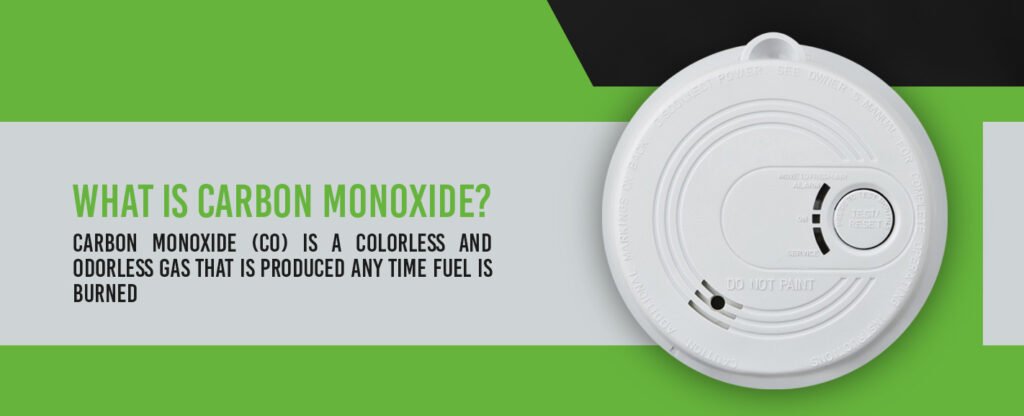
Comparison of Top Carbon Monoxide Alarm Brands
Now let’s compare some of the top carbon monoxide alarm brands available in the market. It’s important to note that these brands have been chosen based on their reputation, customer satisfaction, and diverse features they offer.
Ring
Ring offers a range of smart home security products, including carbon monoxide alarms that integrate seamlessly with their Ring Alarm system. Their alarms provide both visual and audible alerts, allowing for quick response in the event of a carbon monoxide leak or gas leak.
Nest
Nest, a subsidiary of Google, is known for its smart home devices. Their carbon monoxide alarms feature a built-in voice alarm that alerts you to the presence of carbon monoxide or gas leaks. Integration with the Nest app enables remote monitoring and control.
Arlo
Arlo specializes in wireless security cameras but also offers a carbon monoxide alarm that can be integrated into their Arlo Smart system. The alarm provides real-time notifications and integrates with other Arlo devices, creating a comprehensive home security solution.
Wyze
Wyze provides affordable smart home solutions, including a carbon monoxide alarm that connects to their Wyze app. The alarm offers voice alerts and can be customized to trigger other smart devices in your home, enhancing safety and convenience.
SimpliSafe
SimpliSafe is a popular home security brand that offers carbon monoxide alarms with their comprehensive security systems. Their alarms provide visual and audible alerts, as well as integration with their mobile app for remote monitoring and control.
Eufy Security
Eufy Security, a brand under Anker Innovations, offers wireless home security solutions, including carbon monoxide alarms. Their alarms feature instant alerts, battery life indicators, and can be controlled through the Eufy Security app or via voice assistants.
Blink
Blink, a brand owned by Amazon, focuses on wireless home security cameras and systems. While they do not offer standalone carbon monoxide alarms, their home security systems can be complemented with compatible third-party carbon monoxide alarms.
August Home
August Home is renowned for its smart locks and doorbell cameras, but they also offer integration with third-party carbon monoxide alarms. By integrating these alarms into your August Home system, you can receive notifications and access controls through the August Home app.
Honeywell Home
Honeywell Home provides a wide range of home comfort and security products. Their carbon monoxide alarms incorporate advanced sensors and offer effortless integration with other Honeywell Home devices, allowing for convenient monitoring and control.
Ring Alarm
Ring Alarm offers a comprehensive home security system that includes carbon monoxide alarms as part of their lineup. With their system, you can receive audible and visual alerts on your Ring Alarm Base Station, as well as notifications on your smartphone.
Vivint
Vivint specializes in professionally installed smart home security systems. Their carbon monoxide alarms provide instant alerts and can be integrated into their centralized control panel, giving you complete control over your home’s security.
Abode
Abode is a DIY home security brand that offers flexible security solutions, including carbon monoxide alarms. Their alarms provide audible alerts and are compatible with the Abode app for remote monitoring and control.
Swann
Swann is a trusted brand in security monitoring and surveillance systems. While they primarily focus on video surveillance, they also offer carbon monoxide alarms that can be integrated into their Swann Security system, providing comprehensive home protection.
Reolink
Reolink is known for its wide range of security cameras and systems. Although they do not offer standalone carbon monoxide alarms, their security systems can be connected to third-party carbon monoxide alarms for enhanced safety.
TP-Link Kasa
TP-Link Kasa specializes in smart home devices, including security cameras, lighting, and plugs. While they do not offer carbon monoxide alarms, their smart home ecosystem can be integrated with compatible third-party alarms for a connected home experience.
Logitech Circle
Logitech Circle focuses on home security cameras but does not offer standalone carbon monoxide alarms. However, their cameras can be integrated with third-party carbon monoxide alarms for visual monitoring and recording in case of an alert.
ADT
ADT is a highly recognizable name in the home security industry, providing professional monitoring and installation services. Their comprehensive security systems can include carbon monoxide alarms for added safety.
Schlage
Schlage is a renowned brand for residential door locks and hardware. While they do not offer carbon monoxide alarms, their door locks can be integrated with compatible third-party alarms for enhanced security and convenience.
First Alert
First Alert is a trusted name in home safety products, including carbon monoxide alarms. With a focus on early detection, their alarms utilize advanced technologies to provide reliable and accurate warnings in case of carbon monoxide or gas leaks.
Kangaroo
Kangaroo offers affordable DIY home security that includes a range of devices, including carbon monoxide alarms. Their alarms can be monitored and controlled through their mobile app, providing peace of mind at an affordable price point.
Factors to Consider when Choosing a Carbon Monoxide Alarm
When selecting a carbon monoxide alarm, several factors should be taken into consideration to ensure your needs and preferences are met. Here are some key factors to consider:
Cost and budget
Determine your budget for a carbon monoxide alarm, keeping in mind that higher-priced models often provide additional features and enhanced accuracy. Balance cost with your specific requirements to find the best value for your money.
Installation and setup
Consider the complexity of installation and setup. Some alarms require professional installation, while others offer DIY options. Choose the option that aligns with your skills and preferences.
Connectivity and compatibility
Assess the connectivity options of the carbon monoxide alarm. Some alarms can connect to home Wi-Fi networks, while others may rely on proprietary systems. Ensure that the alarm is compatible with your existing smart home devices or security system, if applicable.
Additional features and functions
Evaluate any additional features or functions that may be beneficial to you. These could include smartphone alerts, voice alarms, self-diagnostic capabilities, or compatibility with voice assistants such as Amazon Alexa or Google Assistant.
Customer reviews and ratings
Read customer reviews and ratings to gauge the reliability and performance of different carbon monoxide alarm models. Real-world experiences shared by other users can provide valuable insights into the alarms’ effectiveness and ease of use.
Warranty and customer support
Check the warranty offered by the manufacturer and ensure that customer support is readily accessible. Prompt and efficient assistance can be crucial should any issues arise with the alarm.
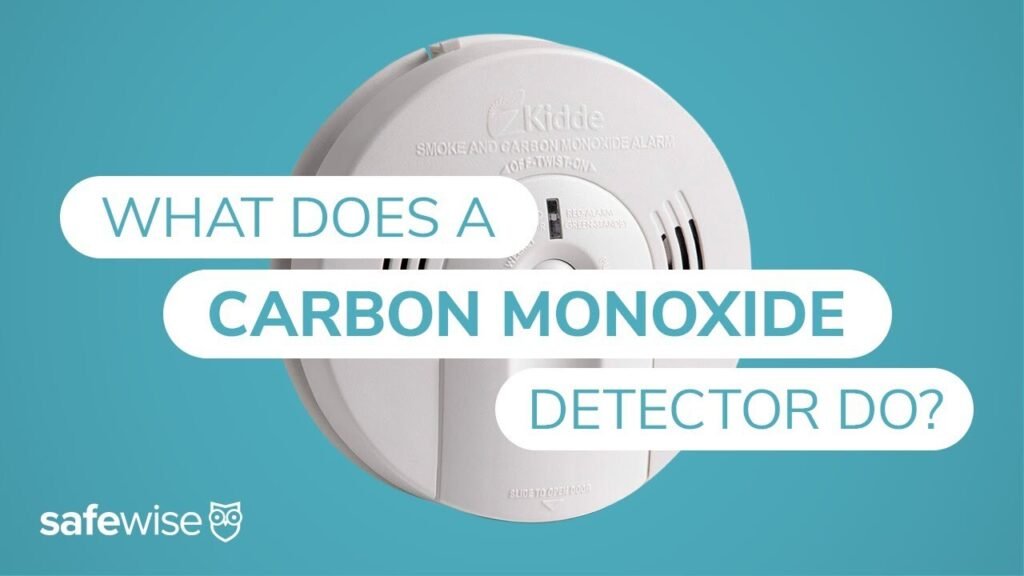
Guidelines for Proper Placement of Carbon Monoxide Alarms
Proper placement of carbon monoxide alarms is vital to ensure their effectiveness in detecting gas leaks. Follow these guidelines for optimal placement:
Recommended locations for installation
Install carbon monoxide alarms on each level of your home, including the basement and any bedrooms or sleeping areas. Place alarms near potential sources of carbon monoxide, such as gas appliances or heating systems.
Height and positioning considerations
Position carbon monoxide alarms at least 5 feet above the ground, as carbon monoxide tends to rise in the air. Avoid placing alarms near windows, doors, or vents, as drafts might prevent proper detection.
Avoiding false alarms
Keep carbon monoxide alarms away from areas with excessive humidity, such as bathrooms or kitchens, to prevent false alarms. Placement near fuel-burning appliances should also be avoided, as they can emit moderate levels of carbon monoxide during normal operation.
Interference and maintenance
Ensure that carbon monoxide alarms are not placed near sources of steam, smoke, or chemicals, as they can interfere with the alarm’s sensors. Regularly clean and maintain the alarms according to the manufacturer’s instructions to prevent malfunctions or false readings.
Maintaining and Testing Carbon Monoxide Alarms
To ensure the effectiveness of carbon monoxide alarms, regular maintenance and testing are crucial. Follow these procedures:
Regular testing and maintenance procedures
Test carbon monoxide alarms at least once a month to confirm they are functioning correctly. Follow the manufacturer’s instructions for conducting the test, typically involving pressing a test button. Regularly clean the alarms to remove any dust or debris that may accumulate.
Replacing batteries and sensors
Replace batteries in battery-powered carbon monoxide alarms according to the recommended schedule provided by the manufacturer. Some alarms feature long-lasting batteries or even rechargeable options, reducing the frequency of battery replacements. Additionally, consider replacing the entire alarm unit every 5-7 years, as recommended by manufacturers, to ensure optimal sensor performance.
Important indicators and warning signs
Pay attention to any warning signs or indicators provided by the carbon monoxide alarm. These may include low-battery alerts, end-of-life warnings, or fault alerts. Promptly address any issues and seek professional assistance if necessary.
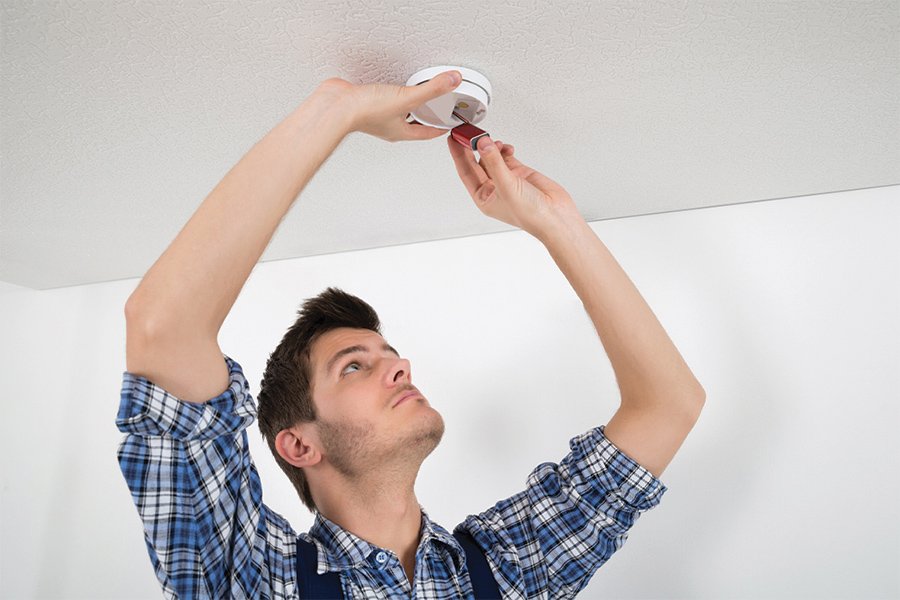
Educational Initiatives and Awareness Campaigns
Various government and non-profit organizations have launched educational initiatives and awareness campaigns to promote safety and knowledge regarding carbon monoxide and gas leaks. These initiatives aim to provide valuable resources and materials, as well as community outreach programs, to increase public awareness and prevent accidents.
By providing educational materials, promoting best practices, and conducting safety seminars, these organizations empower individuals and communities to take proactive measures in protecting themselves against carbon monoxide and gas leaks.
Conclusion
In conclusion, carbon monoxide alarms play a vital role in detecting and preventing carbon monoxide poisoning as well as providing an early warning system for gas leaks. The wide range of features and benefits offered by different types of carbon monoxide alarms, paired with the diverse options provided by top brands such as Ring, Nest, Arlo, Wyze, SimpliSafe, Eufy Security, and others, offer consumers a comprehensive range of choices.
When selecting a carbon monoxide alarm, factors such as cost, installation, connectivity, additional features, customer reviews, and warranty should be considered. Proper placement, regular maintenance, and testing are key to ensuring the effectiveness of carbon monoxide alarms.
Governmental and non-profit organizations have also played a significant role in promoting safety and knowledge through educational initiatives and awareness campaigns. By taking advantage of the available resources and participating in community outreach programs, individuals can further enhance their understanding and contribute to creating a safer living environment.
Remember, the importance of carbon monoxide alarms for gas leaks cannot be overstated. Investing in a reliable and well-placed carbon monoxide alarm is an essential step towards ensuring the safety and well-being of you and your loved ones. Stay informed, stay protected!
